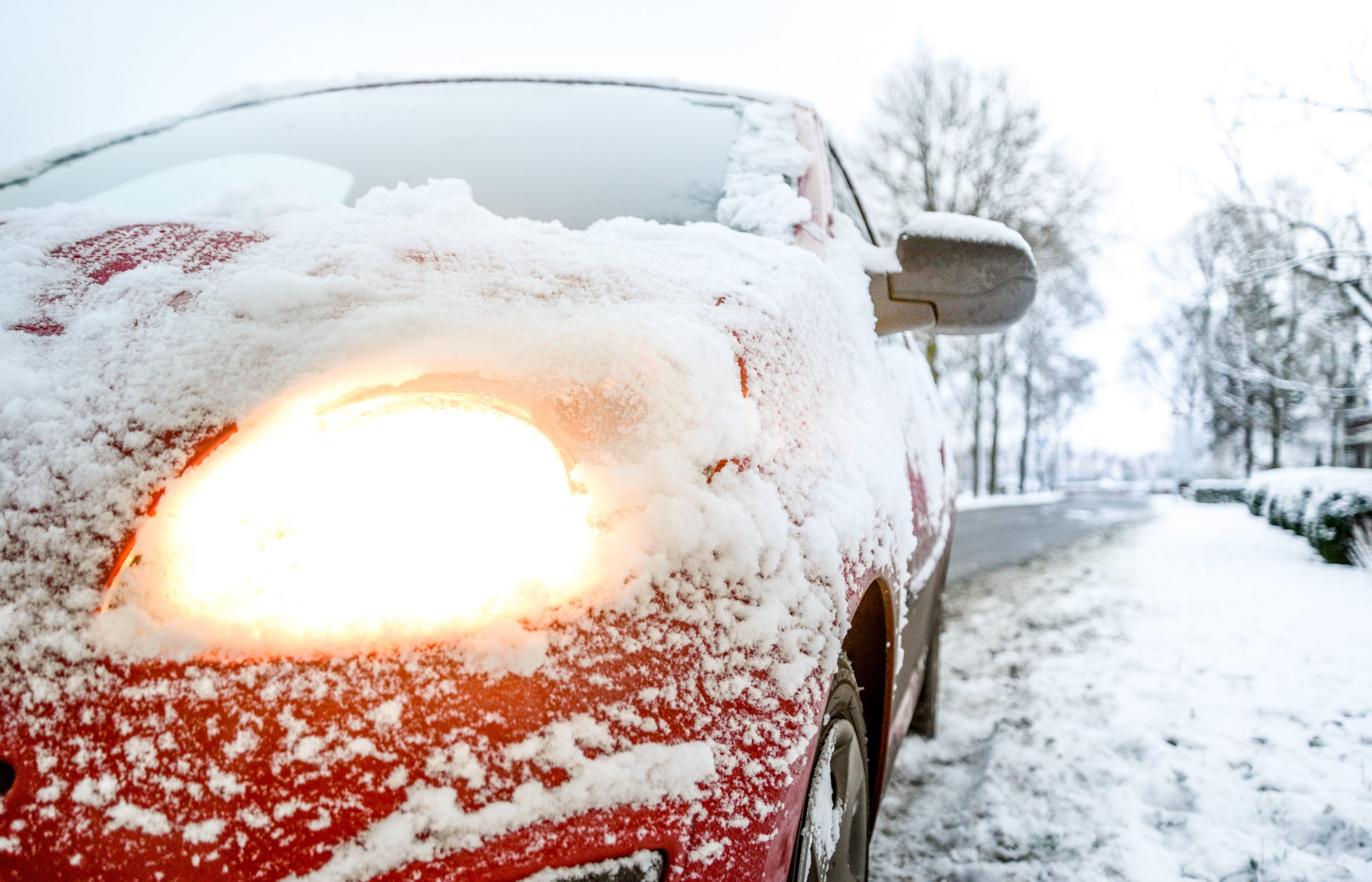With a snow squall warning in the forecast for today, the roads are likely to transform into a challenging terrain that demands heightened caution and preparedness from drivers. Safe winter driving is not just a matter of convenience; it’s a crucial aspect of ensuring your well-being and the safety of those around you. In this blog post, we will explore essential tips and precautions to navigate winter roads safely.
Prepare Your Vehicle
Before venturing out onto winter roads, ensure your vehicle is winter-ready. This includes:
- Tires: Invest in winter tires for better traction on slippery surfaces.
- Fluids: Check and top up your antifreeze, windshield washer fluid, and oil.
- Battery: Ensure your battery is in good condition and fully charged.
- Lights: Make sure all your lights are working properly.
Slow Down and Increase Following Distance
Speed limits are set for ideal conditions, and winter weather is far from ideal. Reduce your speed and increase your following distance to allow for longer stopping distances. Gentle acceleration and deceleration can prevent skids.
Use Your Lights
Turn on your headlights to increase visibility in low-light conditions. This not only helps you see better but also makes your vehicle more visible to others.
Brake with Caution
Use gentle and steady pressure on the brakes to avoid skidding. If your vehicle is equipped with an anti-lock braking system (ABS), maintain constant pressure and let the system do its job.
Steer Smoothly
Abrupt movements can lead to loss of control. Make gradual steering adjustments and avoid sharp turns. If you start to skid, steer in the direction you want to go.
Stay Informed
Check weather forecasts and road conditions before you head out. Stay updated on changing weather patterns and plan your trips accordingly. If conditions are severe, consider delaying your journey.
Keep Your Distance from Snowplows
Snowplows have limited visibility, and the road conditions in their vicinity can be treacherous. Maintain a safe distance when driving near snowplows, and never attempt to pass them.
Carry a Winter Survival Kit
In case of emergencies or unexpected delays, it’s wise to have a winter survival kit in your vehicle. Include items like blankets, extra clothing, non-perishable snacks, a flashlight, and a first aid kit.
Avoid Cruise Control
Using cruise control on slippery surfaces can be dangerous, as it may lead to loss of traction. Maintain manual control of your vehicle to react promptly to changing road conditions.
Know When to Stay Home
If weather conditions are severe, and travel is not essential, consider staying home. Sometimes, the safest decision is not to venture out on the winter roads.
By following these tips and adopting a defensive driving mindset, you can significantly reduce the risks associated with winter road conditions. Prioritize safety, stay informed, and take the necessary steps to ensure a secure and enjoyable winter driving experience. Safe travels!

 Facebook
Facebook
 X
X
 Pinterest
Pinterest
 Copy Link
Copy Link



